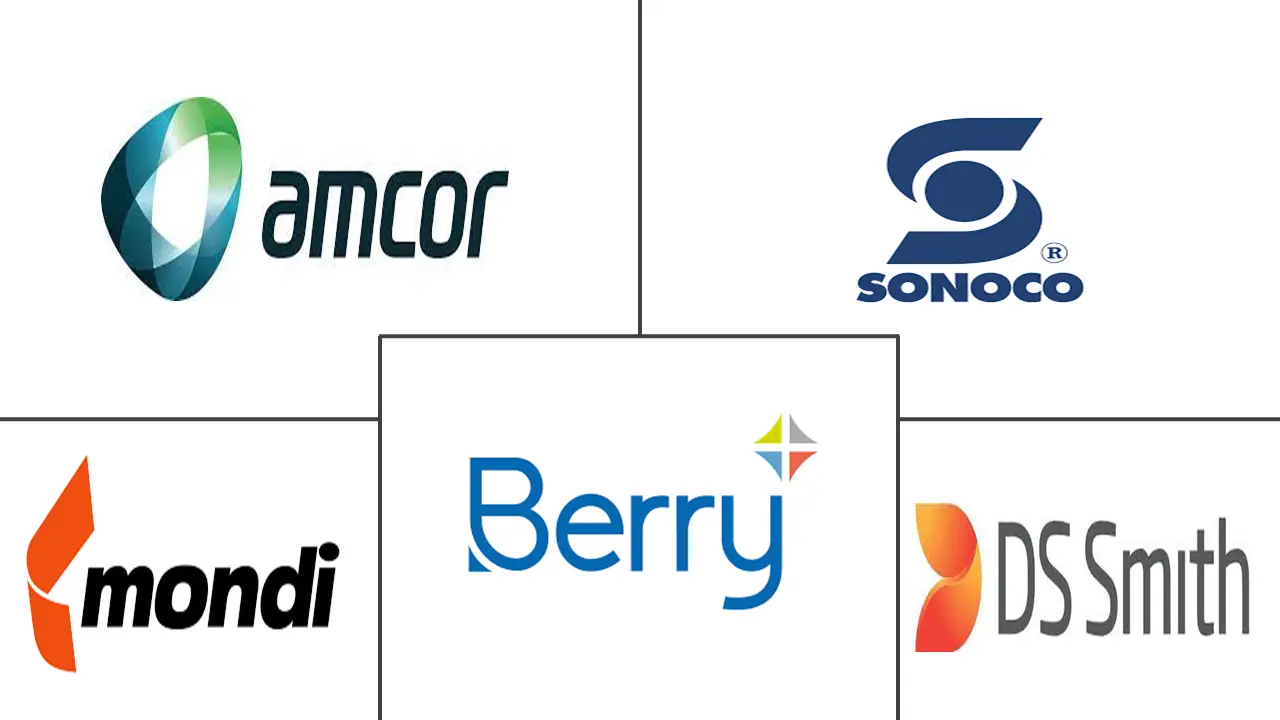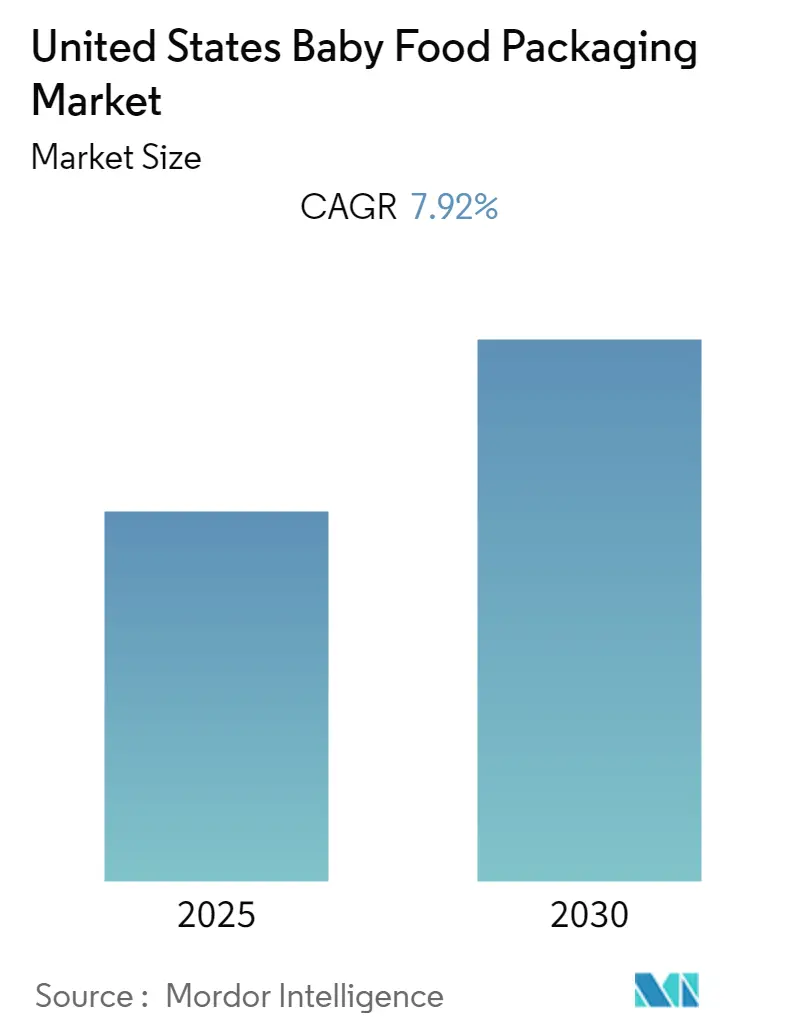
United States Baby Food Packaging Market Analysis by Mordor Intelligence
The United States Baby Food Packaging Market is expected to register a CAGR of 7.92% during the forecast period.
- The United States is one of the most industrialized nations in the world. It is experiencing significant urbanization, increasing people's disposable income and encouraging them to adopt modern lifestyles. Baby food product costs increased due to these issues.
- Dependable packaging demand and the growing customer preference for eco-friendly pouches have accelerated flexible packaging adoption in recent years. Pouches, receptacles with plastic spouts on top from which food may be sipped, are becoming increasingly well-liked here.
- Pouches and cartons are becoming more popular due to the rising demand for prepared infant food. Prepared baby food requires extremely secure packaging since it should only be consumed once opened. After being packaged and sealed in containers, these goods are sterilized by autoclaving and heating. By eliminating oxygen from packaging and avoiding preservatives, dry infant food's ability to be preserved is improved.
- The increasing awareness of the environmental effect of single-use plastic and unsustainable business practices empowered consumers to demand a higher product standard with less ecological impact.
- Although the COVID-19 impact was less on the packaging industry, the factors such as supply chain disruption and partial closure of production facilities temporarily disrupted the production and distribution capacity of baby food products. The packaging industry recovered relatively quickly, considering the growing demand, widespread vaccination in various parts of the world, and removal of travel restrictions.
United States Baby Food Packaging Market Trends and Insights
Plastic is Expected to Hold the Largest Market Share
- The lightweight plastic containers over glass jars make them suitable for on-the-move lifestyles, favoring plastic in baby food packaging.
- The popularity of flexible packaging expanded along with consumer desire for eco-friendly pouch packaging. Baby food manufacturers are innovating to fulfill various consumer preferences, another element boosting the demand for plastic packaging solutions.
- Packaging businesses choose plastics like PET and PVC that have no impact on the packed food to meet the need for eco-friendly infant food items. Because these materials are recyclable and landfill-friendly, environmentally aware parents frequently choose baby food packaged in plastic barrier bags and pouches.
- Furthermore, flexible barrier bags for baby food are growing in popularity owing to their increased acceptance and the demand for new forms of retail packaging.
- Flexible retail packaging is a much better choice for baby food than standard jars since it ensures product safety and freshness.
- One of the most popular plastic packing materials is HDPE. It is employed to produce a range of bottles and containers. Unpigmented bottles are transparent, robust, and have good barrier qualities, making them ideal for packaging goods with limited shelf lives, like milk.
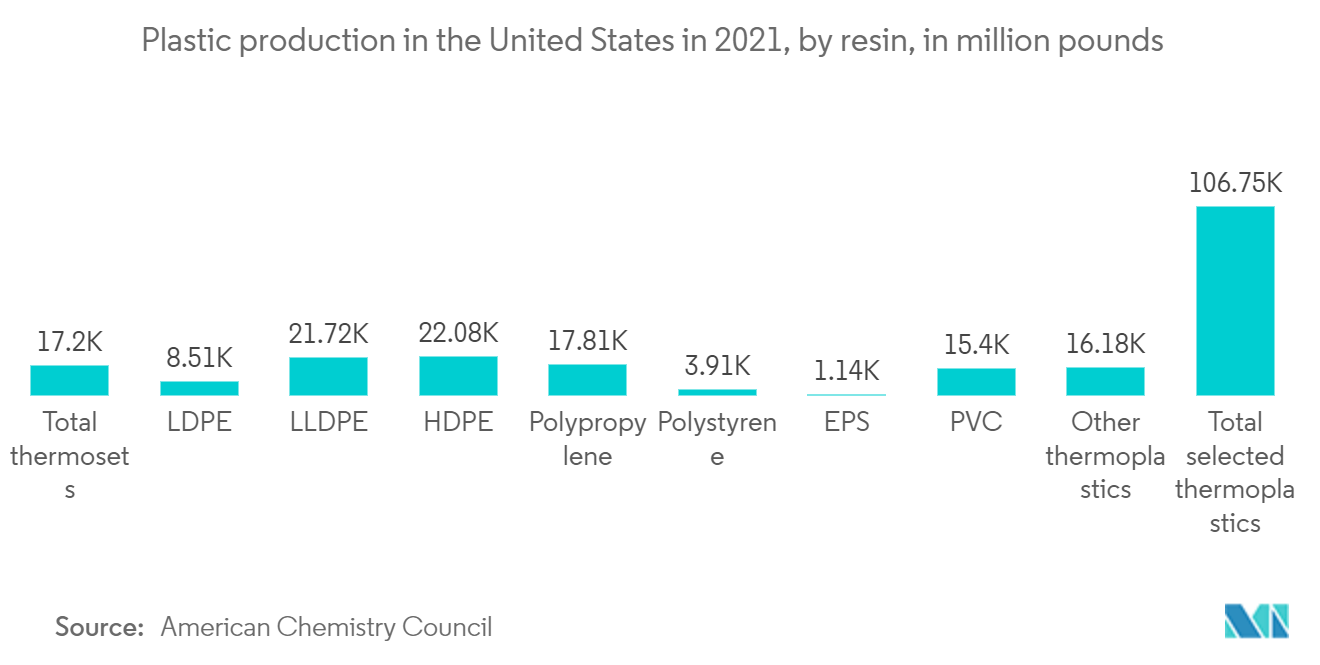
Powder Milk formula to Hold the Largest Market Share
- Foods formulated for babies and infants younger than 12 months of age include milk powders. These are often made in a powdered form for bottle feeding and are typically considered a substitute for breast milk. They are mixed with water or another beverage.
- Powdered milk's primary function is to extend shelf life without proper refrigeration or storage. It is consumed worldwide, notably by young children and babies whose main meal is milk.
- Thiamin, proteins, Vitamin B12, and Vitamin C are present, making it one of the main foods for infants. Reduced storage and transportation costs also contribute to the market expansion for infant milk powder. Sachets, plastic, glass, and paperboard are all suitable packaging materials for these.
- Moreover, strong growth is on the cards for milk powders because of the rising demand for organic baby food across the globe for children under five. Increasing malnutrition among children and infants propelled the infant formula need.
- The human milk bank was recently established since preterm infants require particular nutritional diets compared to regular babies. This bank offers human milk in 0.5 gm or 1 gm sachets. These are 100% manufactured only from human donor milk.
- Since there is always a demand for milk, the industry is expanding dramatically. Since most American mothers today work and frequently travel with their infants, carrying liquid milk is difficult. Thus powdered milk is taking over because it is simple to use and portable.
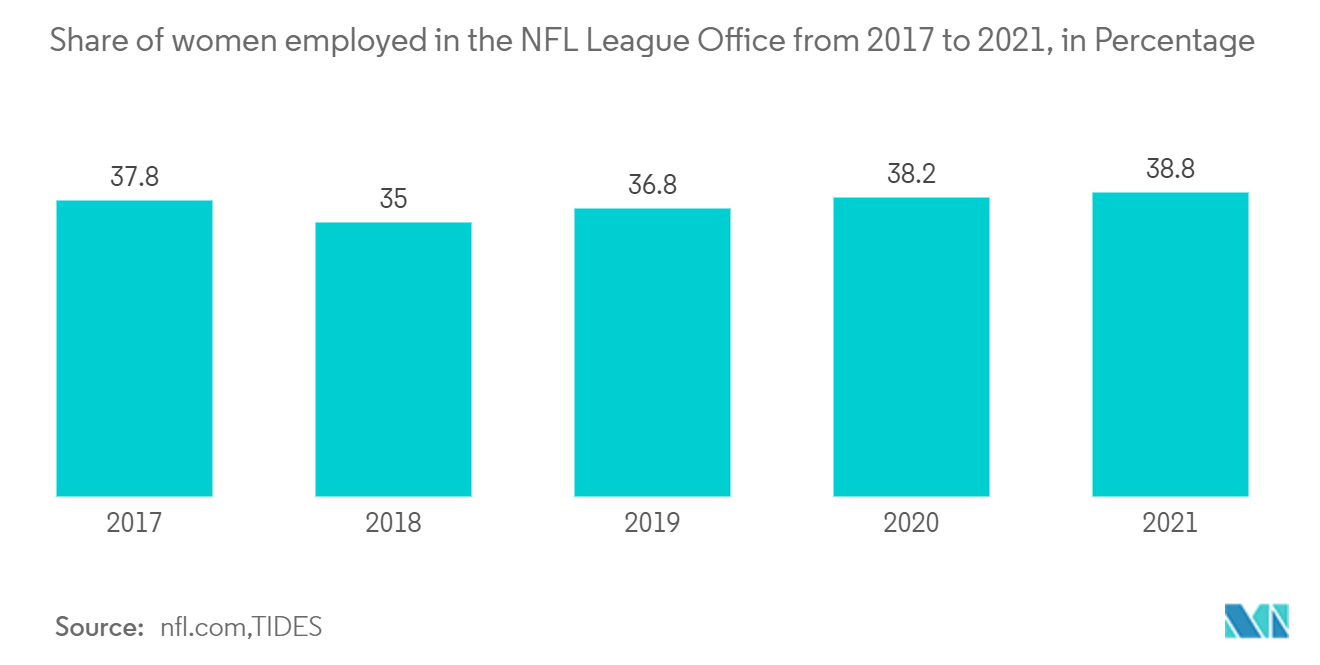
Competitive Landscape
The baby food packaging market needs to be more cohesive, owing to many domestic and international players. The market is fragmented, with the players competing in price, product design, product innovation, etc. Some of the major players in the market are Ardagh Group, Amcor Ltd, Mondi Group, and Sonoco, among others.
- April 2022 - The Mondi group announced launching new packaging solutions for the food industry. Two-tray packaging products will provide recyclable options for fresh food manufacturers and can help reduce food waste. PerFORMing mono loop and mono formable PP will provide food protection, demonstrating how packaging plays a crucial role throughout the supply chain.
United States Baby Food Packaging Industry Leaders
-
Amcor PLC Ltd
-
Sonoco Products Company
-
Mondi PLC
-
Berry Global Inc.
-
DS Smith PLC
- *Disclaimer: Major Players sorted in no particular order
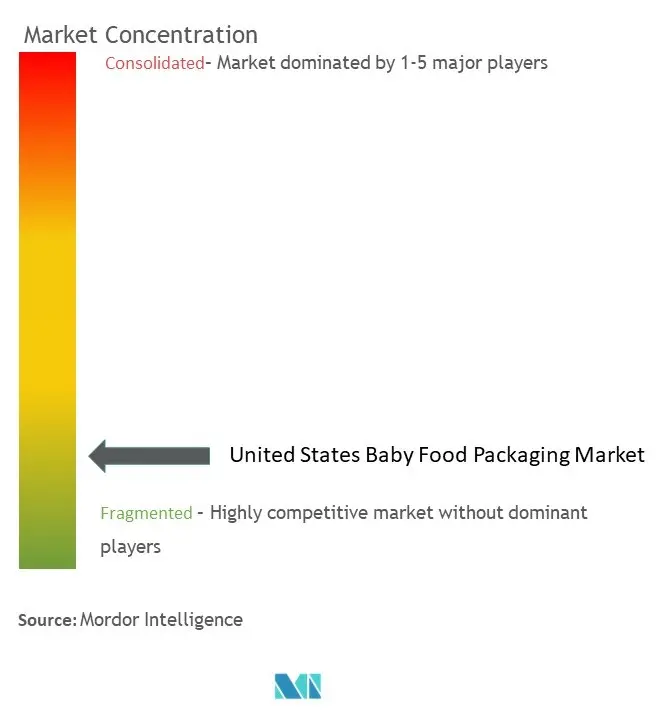
Recent Industry Developments
- May 2022 - Sonoco promotes environmentally friendly, flexible packaging. It increased the variety of available options, including approaches emphasizing recyclability, composability, and post-consumer recycled content.
- April 2022 - ProAmpac, a US-based packaging and material science company, introduced retort pouches with improved sustainability for baby and pet food packaging. In response to the rising need for post-consumer recycled (PCR) packaging solutions, new ProActivePCR Retort pouches were introduced. Virgin resin use is restricted by the 30% or more PCR content of these pouches. The company claims that these retort pouches offer the same graphic quality as regular retort pouches, enhancing sustainability without sacrificing brand identity or product freshness.
United States Baby Food Packaging Market Report Scope
Baby food packaging products are specially designed for packaging food materials for infants and toddlers. Various packaging materials, such as glass jars, plastic containers, metal cans, folding cartons, and other solutions, are used for packaging baby food products, including dried foods, prepared foods, and milk formula.
The United States Baby Food Packaging Market is segmented by material (plastic, paperboard, metal, glass), package type (bottles, metal cans, cartons, jars, pouches), products (liquid milk formula, dried baby food, powder milk formula, prepared baby food).
The market sizes and forecasts are in terms of value (USD million) for all the above segments.
| Plastic |
| Paperboard |
| Metal |
| Glass |
| Bottles |
| Metal Cans |
| Cartons |
| Jars |
| Pouches |
| Liquid Milk Formula |
| Dried Baby Food |
| Powder Milk Formula |
| Prepared Baby Food |
| By Material | Plastic |
| Paperboard | |
| Metal | |
| Glass | |
| By Package Type | Bottles |
| Metal Cans | |
| Cartons | |
| Jars | |
| Pouches | |
| By Product | Liquid Milk Formula |
| Dried Baby Food | |
| Powder Milk Formula | |
| Prepared Baby Food |
Key Questions Answered in the Report
What is the current United States Baby Food Packaging Market size?
The United States Baby Food Packaging Market is projected to register a CAGR of 7.92% during the forecast period (2025-2030)
Who are the key players in United States Baby Food Packaging Market?
Amcor PLC Ltd, Sonoco Products Company, Mondi PLC, Berry Global Inc. and DS Smith PLC are the major companies operating in the United States Baby Food Packaging Market.
What years does this United States Baby Food Packaging Market cover?
The report covers the United States Baby Food Packaging Market historical market size for years: 2019, 2020, 2021, 2022, 2023 and 2024. The report also forecasts the United States Baby Food Packaging Market size for years: 2025, 2026, 2027, 2028, 2029 and 2030.
Page last updated on:
United States Baby Food Packaging Market Report
Statistics for the 2025 United States Baby Food Packaging market share, size and revenue growth rate, created by Mordor Intelligence™ Industry Reports. United States Baby Food Packaging analysis includes a market forecast outlook for 2025 to 2030 and historical overview. Get a sample of this industry analysis as a free report PDF download.
